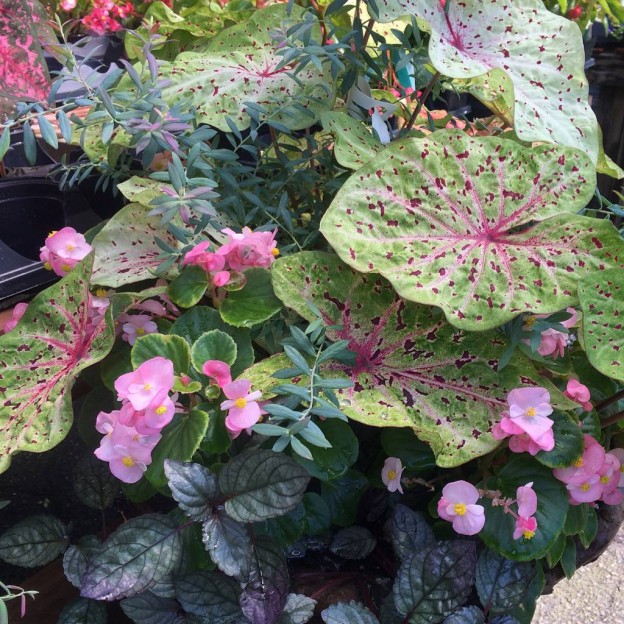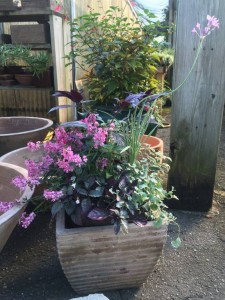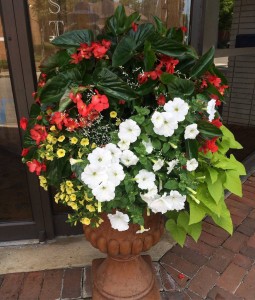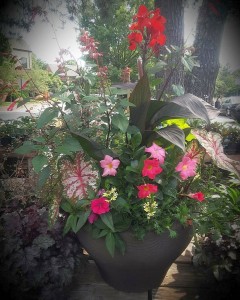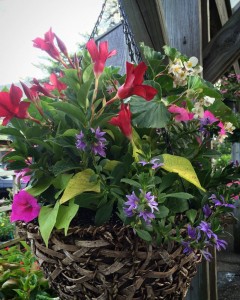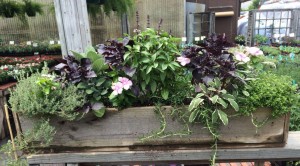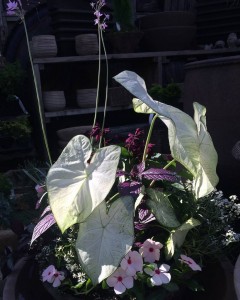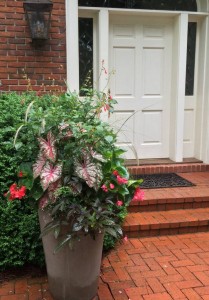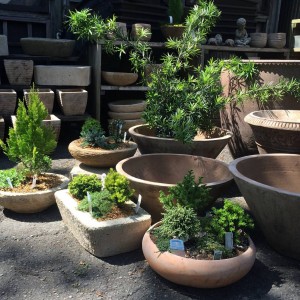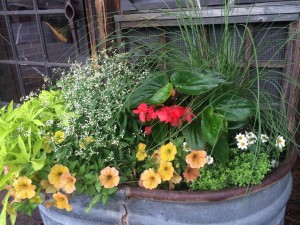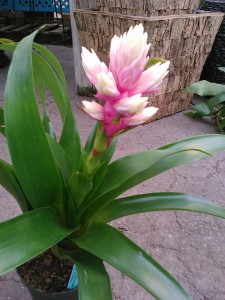 You’re no doubt familiar with the brightly colored bracts and strap-like leaves of bromeliads. Extremely long lasting and colorful alternatives to orchids and other flowers, they can’t be beat for a touch of tropical beauty and their ease of care in our homes and offices.
You’re no doubt familiar with the brightly colored bracts and strap-like leaves of bromeliads. Extremely long lasting and colorful alternatives to orchids and other flowers, they can’t be beat for a touch of tropical beauty and their ease of care in our homes and offices.
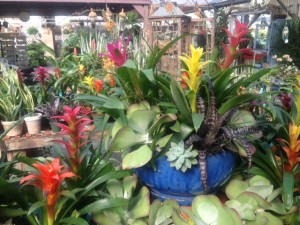
bromeliads brighten the greenhouse…
These bright plants are distinguished by their rosettes of leaves – the most famous of the bromeliads is the pineapple. Bromeliads can be found growing in the wild from Florida and the West Indies to Mexico, through Central and South America. They’ve adapted to a wide range of growing conditions, though, from tropical rainforests to elevations as high as 11,500 feet in the Andes Mountains.
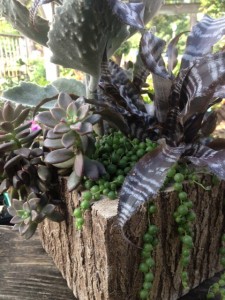
cryptanthus and succulents…
The majority of bromeliads are epiphytic, meaning they grow on trees but don’t take nutrients from the tree itself, rather from the moisture in the air – the tree is just a means of support. Another member of the bromeliad family we carry is cryptanthus. It is a terrestrial, growing on barren, rocky soil. Cryptanthus are found in the cloud forests of Ecuador, surviving on the moisture from the clouds that envelope them. The dark leaved and silver/gray bromeliad-like plant we’ve had all summer is a cryptanthus called ‘Black Mystic’, and it is beautiful and easy to grow!
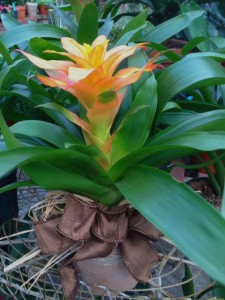
bromeliads make great gifts…
It’s fascinating to find out the native habitat of many of the plants we use in our homes and offices – but understanding where these plants come from originally can also help us better understand how to take care of them.
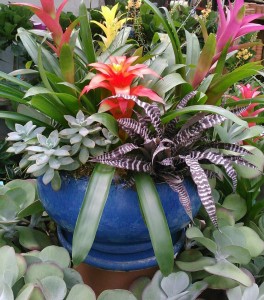
bromeliads, cryptanthus and succulents in a pretty blue bowl…
We hose down our bromeliads in the greenhouse when they’re very dry… if you’d like to more closely mimic the natural conditions of the bromeliad in your home (minus the hose!), let tap water sit for a few days so the chlorine and fluorine dissipate. Pour into the “cup” of the bromeliad and freshen the water periodically, allowing the water to flow over the cup and into the soil. Now that you understand the natural growth of bromeliads, you can see why it’s important not to overwater them.
Allow them bright light inside or place them outside on a patio or porch through the summer to enjoy these bright beauties!
We have a video on bromeliad care on Oak Street Garden Shop’s YouTube channel. If you enjoy it, subscribe for more!

